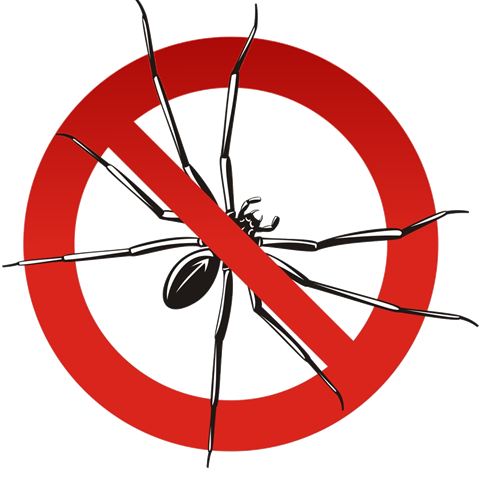When you are planning a trip, the last thing on your mind will be the possibility of encountering pests when staying in a hotel or other accommodation facility during your stay. “Hitchhikers” are a term used to describe bed bugs, which are elusive and stealthy pests that may be found hiding in mattresses, bed frames, and other hidden areas of a room, simply waiting for a new host to come. It is not known if this insect is capable of transmitting illness; nonetheless, they are infamous for leaving behind itchy bites after feeding on the blood of unwary human hosts, which may be quite unpleasant many hotels use pest control Pickering services to give customers a good and healthy facilities in room.
This summer, guarantee a good and relaxing trip by checking for bed bugs in a hotel room, vacation rental, hostel, or other lodging facility:
Pull aside the covers and look closely at the mattress seams, especially at the corners, for any telltale stains or patches that may have formed.
Before unpacking, make a thorough inspection of the entire room, especially under the headboard and in couches and chairs. Keep your baggage in the corridor or just inside the door, out of the path of any bed bugs that could be lurking around.
To aid you with visual checks, have a tiny flashlight in your pocket or use the flashlight on your smartphone.
If you see a bed bug or any of the indicators of bed bugs, notify the staff and change rooms as soon as you possibly can. You should avoid staying in a room that is near to the contaminated room.
Because this insect is microscopic and its eggs are adhesive, it is possible that bed bugs will make their way back home with you even if they were not visible during your stay at the hotel. When you get at your destination, unload your bag outside and immediately put your items in the dryer on high heat to dry. Before bringing anything inside the house, thoroughly vacuum the outside and interior of any baggage and bags and inspect them for symptoms of bed bugs once again.
How Do Bed Bugs Infest Your Home?
In spite of the fact that bed bugs have been feeding on people for more than 3,300 years, they remain one of the most common pests infesting homes, lodgings, hospitals, tourist destinations, and even public transit today. As a result of their ability to slip inside items and travel vast distances undetected, bed bugs have developed a reputation as good hitchhikers in recent years. Furthermore, bed bugs will quickly infest any sort of indoor habitat, provided that there is a readily available source of blood. Upon entering a new setting, they can infest various areas other than the bed, such as sofas and chairs, within picture frames, as well as beneath electrical switch plates, among other things.
In other words, how can you bring bed bugs into your home or into your bed?
In a hotel room, for example, is one of the most typical sites where individuals may first meet bed bugs. Travelers should examine their accommodations for bed bugs as soon as they arrive and notify the staff if they believe they have bed bugs.
Another prevalent, but less well-known, way for individuals to get bed bugs into their homes is by acquiring second-hand furniture that has already been infected with bed bugs. Always make sure to properly check secondhand sofas, mattresses, box springs, and other soft items before bringing them into the house.
What to Do If You Are Infected With Bed Bugs
Immediately contact a pest control specialist for assistance if you suspect an infestation has occurred. Bed bugs have the ability to reproduce and grow fast, so the sooner you can detect and eliminate an infestation, the better.
